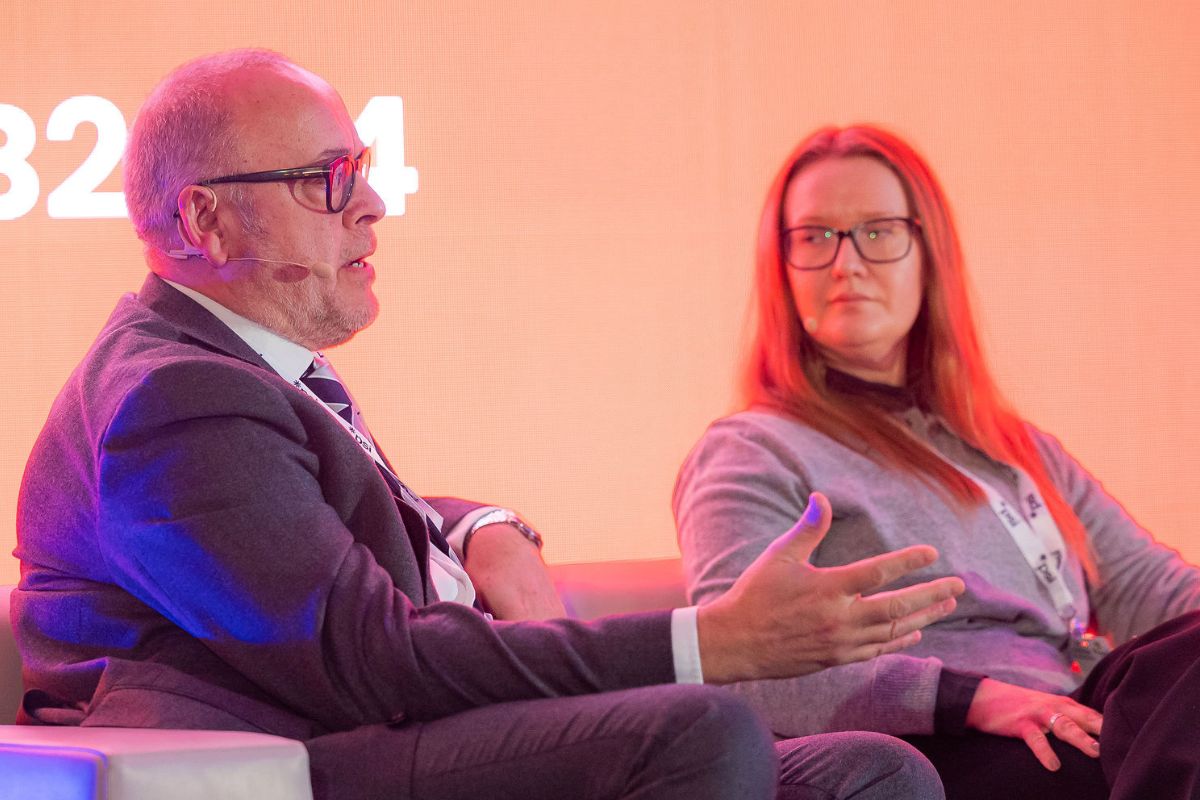COVID-19: Addressing the internet accessibility issue in education

#DigitalPoverty – Students across the UK have continued their studies through virtual learning portals due to the COVID-19 pandemic. However, while virtual learning helps reduce the risk of person-to-person transmission, schools were presented with a new problem – how to ensure every student has internet access so they could continue their education remotely?
Before COVID-19 led to social distancing and shelter-in-place orders, students who needed access to broadband could use school computer labs, public libraries, on-campus Wi-Fi, public Wi-Fi, and other networks. Indeed, there are documented cases where students were found parked outside fast food restaurants to use the Wi-Fi for homework. This all changed after the pandemic when people were forced to stay home and avoid public places.
Digital inclusion and equity are crucial to keeping online learning accessible to all students. With the swift change to remote learning, the homework gap went from an embarrassing inconvenience to a social crisis. In the wake of the pandemic, the issue of digital equity can no longer be ignored, as it will not go away on its own.
To address the internet accessibility issue, it is critical that network build-outs are accelerated at a national and international level. There is a societal shift towards mobile technologies and the apps that run on them, however the deployment of networks that enable these technologies has not been equitable.
It is not just online learning that is impacted by the lack of internet accessibility. As well as having inadequate access to telecommunications for distance learning, residents are also struggling to access telehealth, banking and online ordering of food and supplies.
Organisations must unite in taking responsibility to distribute hotspots and laptops, provide digital literacy training and raise awareness of the need for digital equity in education. In addition, it is up to local governments to help them understand the need to accelerate the build-out of wireless networks to serve the neighbourhoods where impacted students live. Hotspots are good tools, but if there is no network coverage, they are useless.
Hotspots convert cellular signals to Wi-Fi to serve laptops with broadband access. If homes do not have the physical infrastructure or adequate wiring to deliver broadband, a hotspot helps students quickly gain internet access to continue their education from home. In many cases, the internal wiring of the building is sub-standard and often degraded from age or physical damage. Mobile hotspots deliver broadband without the need for wiring, and they can be easily moved if the family is in a housing transition.
Until schools open for all year groups in September, virtual distance learning will continue across the UK and will be the new normal for students. This means that broadband access will be critical to students at home. Broadband is the new textbook, and nobody would expect a student to successfully attend school without books.
David Witkowski, IEEE Senior Member, Executive Director of Civic Technologies Initiatives at Joint Venture Silicon Valley
David Witkowski is an author, advisor, and strategist for the wireless and telecommunication industry. He is an IEEE Senior Member, the Founder & CEO of Oku Solutions LLC and serves as the Executive Director of Civic Technologies Initiatives at Joint Venture Silicon Valley. After serving in the U.S. Coast Guard and earning his B.Sc. in Electrical Engineering from the University of California, Davis, he held leadership roles for companies ranging from Fortune 500 multi-nationals to early-stage startups.











Responses